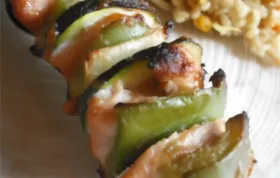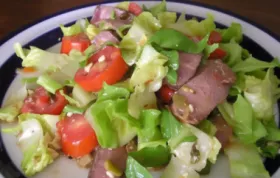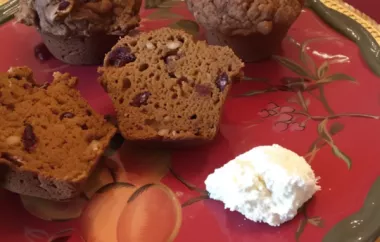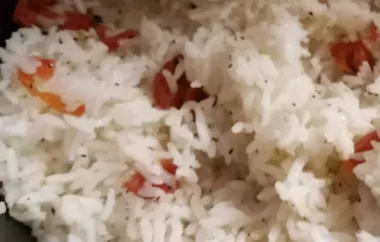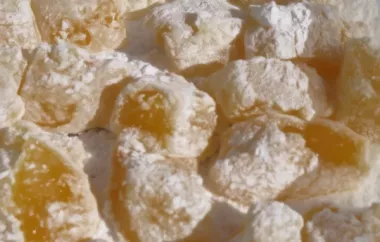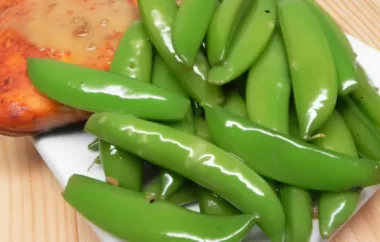Homemade Scotch Shortbread Recipe
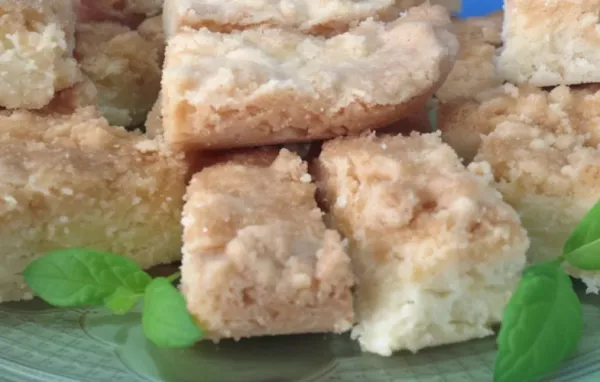
Published on February 02, 2024
Indulge in the rich and buttery goodness of homemade Scotch Shortbread. This traditional Scottish treat is a classic for a reason – it's melt-in-your-mouth deliciousness! With just a few simple ingredients, you can whip up a batch of these irresistible shortbread cookies that are perfect for special occasions or as a delightful everyday treat. Enjoy the nostalgic taste of sweet, crumbly, and buttery shortbread that pairs perfectly with a cup of tea or coffee.
Ingredients
- 2 cups all-purpose flour
- 1/2 cup granulated sugar
- 1 cup unsalted butter, cold and diced
- 1/4 teaspoon salt
- 1/4 teaspoon vanilla extract (optional)
Directions
- Preheat your oven to 325°F (165°C) and line a baking sheet with parchment paper.
- In a large mixing bowl, whisk together the flour, sugar, and salt.
- Add the cold diced butter to the bowl and use your fingers or a pastry cutter to blend it into the dry ingredients until the mixture resembles coarse crumbs.
- If desired, add the vanilla extract and continue to blend until the dough comes together. Be careful not to overmix.
- Transfer the dough to the prepared baking sheet and press it evenly into a rectangle or round shape that is about 1/2 inch thick.
- Using a knife, score the dough into desired shapes or simply prick it all over with a fork to create a traditional shortbread pattern.
- Bake in the preheated oven for 25-30 minutes, or until the edges are lightly golden.
- Remove from the oven and let the shortbread cool on the baking sheet for about 10 minutes.
- While still warm, carefully cut along the scored lines or gently break apart the shortbread into individual pieces.
- Allow the shortbread to cool completely on a wire rack before serving.
Interesting Facts
You’ll Also Love



